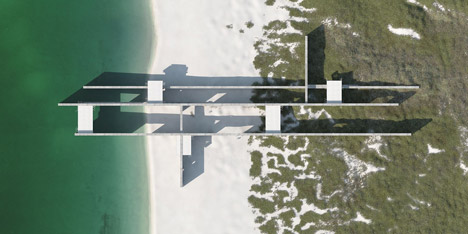Photo-realistic renderings depict an imaginary house in a wild seaside landscape
Visualisation studio Bloomimages has created a series of hyper-realistic renderings depicting a home and studio for an artist in the ageing concrete structures of an old shipyard on the edge of the North Sea (+ slideshow).
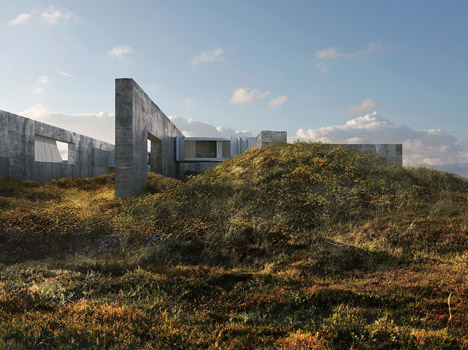
The German studio specialises in visualisations for some of the world's best-known architects, with clients including OMA and Herzog & de Meuron. But the team created these new images for a self-initiated project.
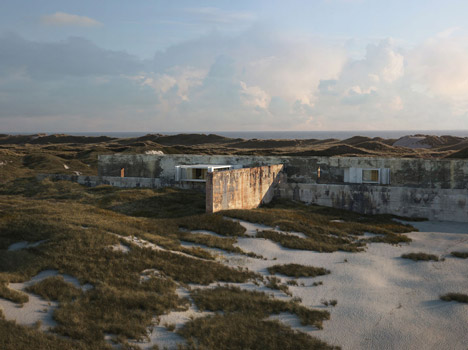
The aim was to explore the possibilities of virtual environments, creating spaces where architectural proposals are transformed into interfaces more akin to computer games.
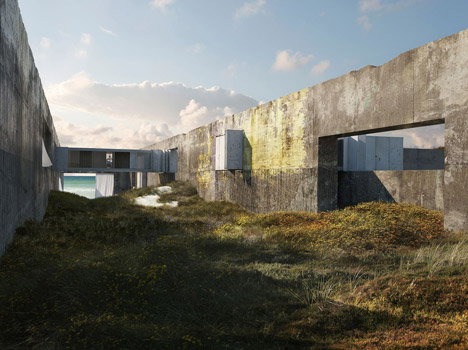
"We think that the invention of virtual places could become a whole new business model," said Christian Zöllner, a co-founder of Bloomimages and one of the two members of its Hamburg office.
"I believe it could be very attractive for people doing advertisements or movies to be able to move within a virtual place the way they are used to in a real location," he told Dezeen. "It is not the purpose of these virtual places to ever become built, in fact this way the world can be saved from many megalomaniac ideas!"
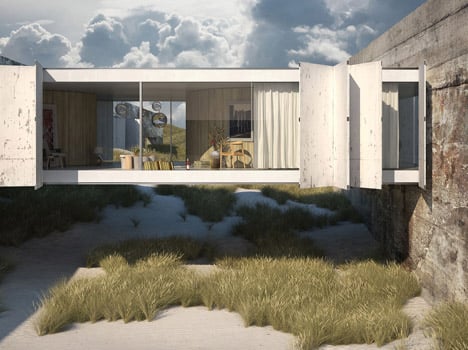
The environment created in this series of images is an old shipyard on the west coast of Denmark. Zöllner and colleague André Feldewert have imagined five wooden cubes built on and around the old structure, connected by existing stairs and walkways.
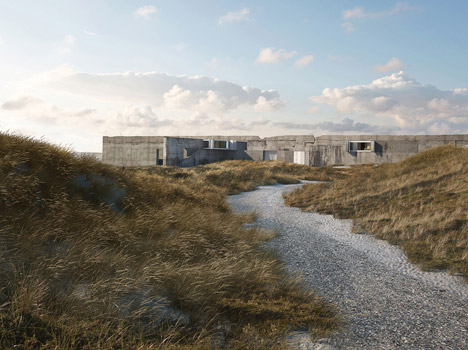
Huge canvasses could be propped up against the concrete walls, which themselves provide additional painting surfaces. When the tide is high, these spaces become filled with ocean water.
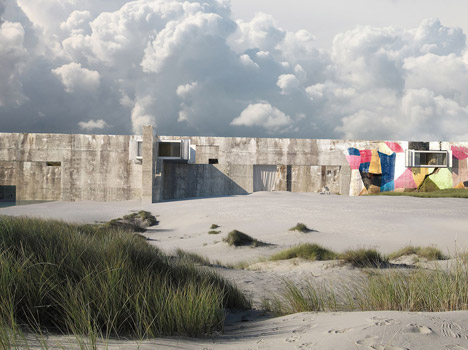
"This building will never exist, only in our imagination," said Zöllner. "The building and all the landscape around it have been created within a 3D program to be used as a virtual location. The visitor is completely free to choose his point of view within a radius of 500 metres."
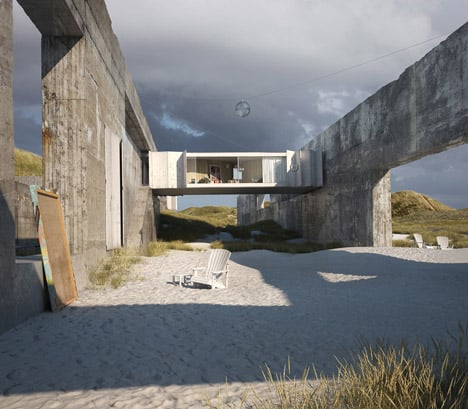
Like many visualisation artists, both Zöllner and Feldewert studied architecture before establishing Bloomimages in 2008. According to Zöllner, it is important to be attuned to architectural design to create a good rendering.
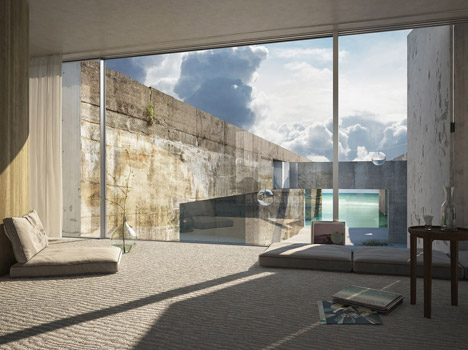
"I think it is very important to think about it like real architecture," he told Dezeen. "I always like to think about a person who would live there. So I invent the client and the place before I invent the house."
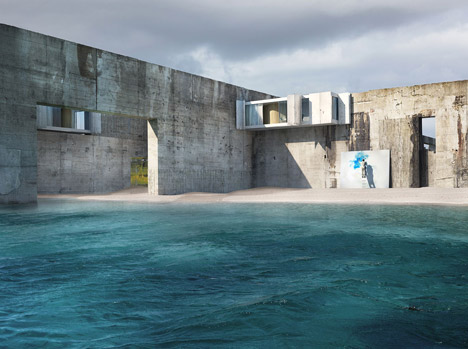
Other pioneers of visualisation include Peter Guthrie and Henry Goss, who run a studio called The Boundary. Guthrie told Dezeen in 2013 that renderings are now as convincing as reality and are changing the way people perceive architecture.
The same year, leading CGI artist Richard Benson revealed that the images in most kitchen, bathroom and bedroom catalogues are computer-generated.
